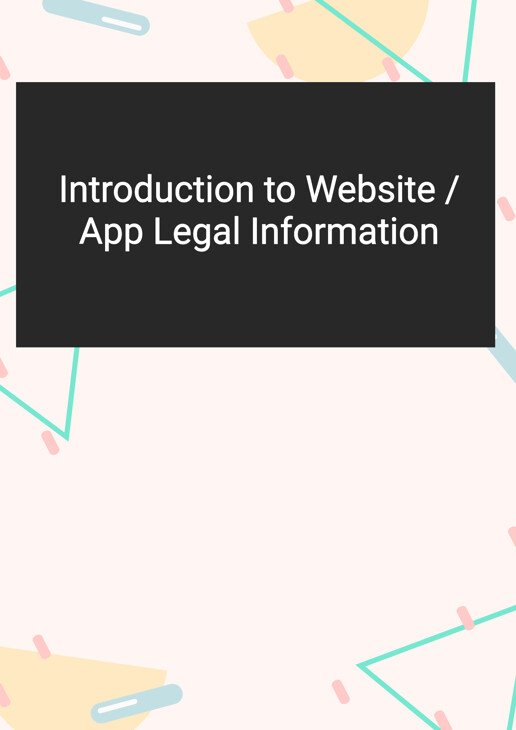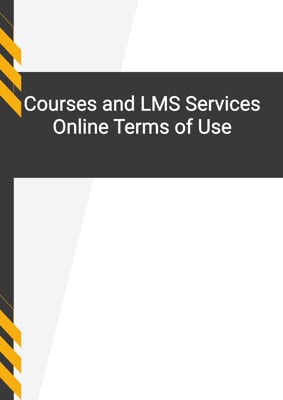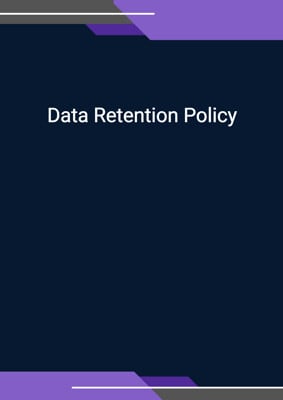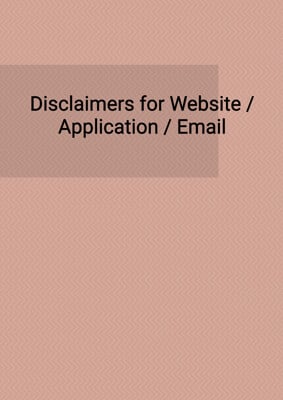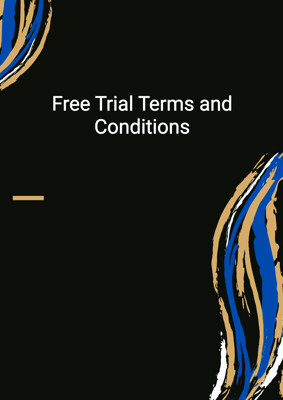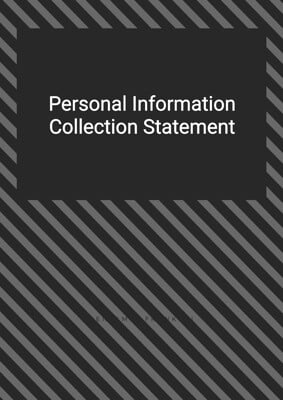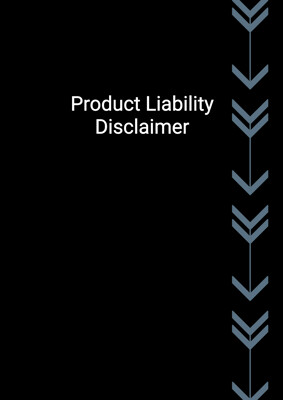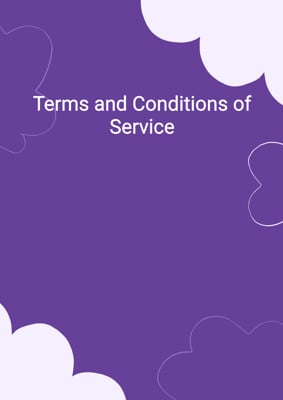How to Tailor the Document for Your Need?
01
Create Document
Click "Create Document" button and the document will be prepared with your account details automatically filled in.
02
Fill Information
Please fill in any additional information by following the step-by-step guide on the left hand side of the preview document and click the "Next" button.
03
Get Document
When you are done, click the "Get Document" button and you can download the document in Word or PDF format.
04
Review Document
Please review the document carefully and make any final modifications to ensure that the details are correct before publication / distribution.
Document Preview
Document Description
The document titled 'Introduction to Website / App Legal Information' is a comprehensive summary of the legal documents, policies, disclaimers, and information that are typically required for a website or app. It emphasizes the importance of including these legal elements to stipulate the rights and liabilities of users. The document provides a detailed introduction to each of the commonly used legal documents and policies, including terms and conditions of service, trial terms and conditions of use, privacy policy, refund policy, photo and video policy, third party legal notices, claims of copyright infringement, copyright wording, and disclaimers.
The 'Terms and Conditions of Service' or 'User/Subscriber Agreement' is a crucial document that outlines the terms and conditions for using the website or app. It ensures that users are aware of their obligations and responsibilities while accessing and using the service.
The 'Trial Terms and Conditions of Use' is a document specifically designed for trial users who have temporary access to the service. It sets out the terms that govern their usage during the trial period.
The 'Privacy Policy' is a mandatory document for websites or apps that collect personal data or information from users. It highlights the measures taken to protect user privacy and includes specific GDPR wordings for European users.
The 'Refund Policy' is often required when fees are charged in exchange for products or services. Certain jurisdictions mandate a refund policy, especially when products or services are paid for in advance.
The 'Photo and Video Policy' is essential for websites or apps that allow users to upload their own visual content. It ensures that the platform is not liable for any copyright infringement or inappropriate material uploaded by users.
The inclusion of 'Third Party Legal Notices' is necessary when third-party software, materials, contents, or apps are utilized. This section provides links to the license terms of these third-party elements.
The 'Claims of Copyright Infringement' is a document that allows copyright holders to inform the website or app owner about any copyright infringement by users. This enables prompt removal of infringing content to avoid legal consequences.
The 'Copyright Wording' document asserts the copyright ownership of the website or app's codes and contents. It clarifies that copyright protection automatically arises upon creation, so registration is not necessary.
'Disclaimers' is a document that disclaims potential liabilities that may arise from specific points not covered in the terms and conditions agreement. This section helps protect the website or app owner from legal disputes.
In short, this document provides a comprehensive summary of the legal documents typically required for a website or app.
How to use this document?
To effectively use the 'Introduction to Website / App Legal Information' document, follow these steps:
1. Familiarize yourself with the legal requirements: Understand the importance of including legal documents, policies, and information on your website or app to stipulate user rights and liabilities.
2. Customize the documents: Tailor the 'Terms and Conditions of Service' or 'User/Subscriber Agreement' to reflect your specific service and ensure that it covers all necessary provisions. Similarly, modify the 'Trial Terms and Conditions of Use' if you offer a trial period for your service.
3. Create a comprehensive 'Privacy Policy': If your website or app collects personal data or personally-identifying information, develop a privacy policy that complies with applicable laws, including GDPR requirements for European users.
4. Establish a 'Refund Policy': If you charge fees for products or services, create a refund policy that outlines the circumstances under which refunds will be provided. Ensure compliance with any jurisdiction-specific refund requirements.
5. Implement a 'Photo and Video Policy': If users can upload visual content, develop a policy that protects your platform from copyright infringement and inappropriate material. Clearly state the rights and responsibilities of users regarding uploaded content.
6. Include 'Third Party Legal Notices': If you utilize third-party software, materials, contents, or apps, include links to their license terms to inform users of their rights and obligations.
7. Enable 'Claims of Copyright Infringement': Allow copyright holders to notify you separately about any copyright infringement by users. Establish a process to promptly remove infringing content upon receipt of a complete copyright infringement notice.
8. Assert copyright ownership: Use the provided standard copyright wording to assert your ownership of the website or app's codes and contents. Clarify that copyright protection automatically arises upon creation.
9. Add 'Disclaimers' to mitigate liabilities: Include disclaimers to protect yourself from potential liabilities that may arise from specific points not covered in the terms and conditions agreement.
10. Create a 'Legal Info' link: Add a link titled 'Legal Info' at the bottom of every page to provide easy access to the summarized legal information. Ensure that each item is hyperlinked to the respective document for users' convenience.
By following these steps, you can effectively implement the necessary legal elements on your website or app, ensuring compliance with relevant laws and protecting yourself from potential legal disputes.
